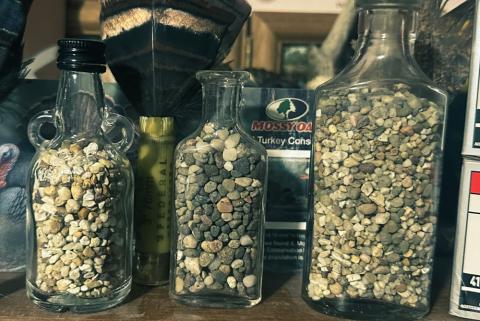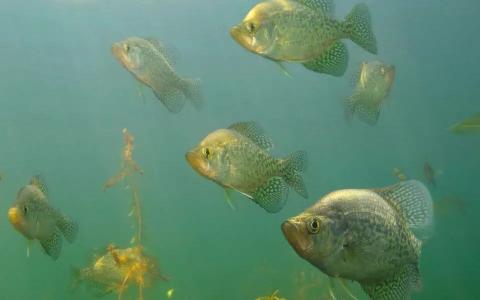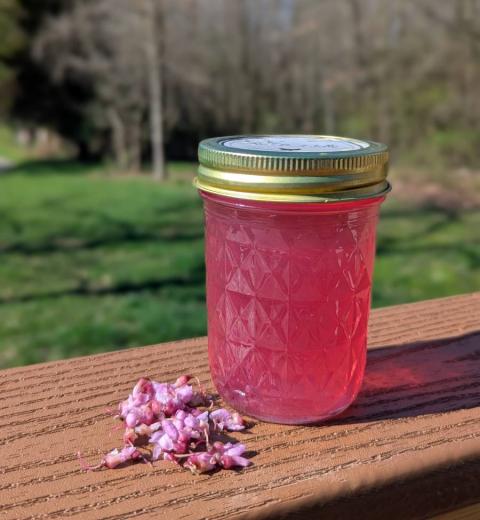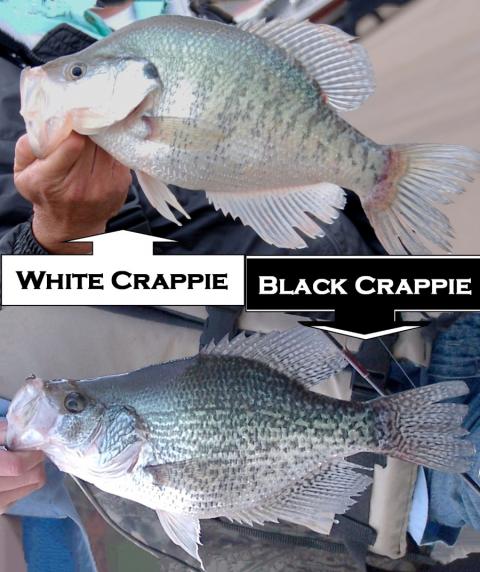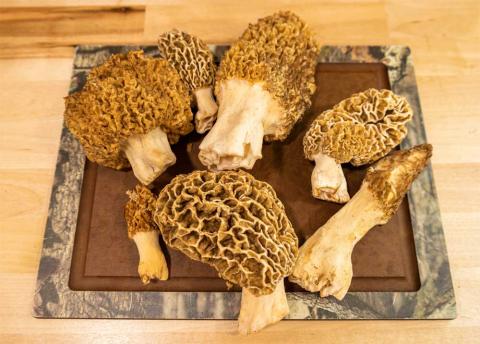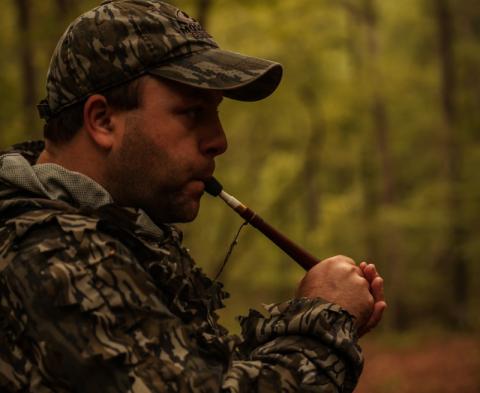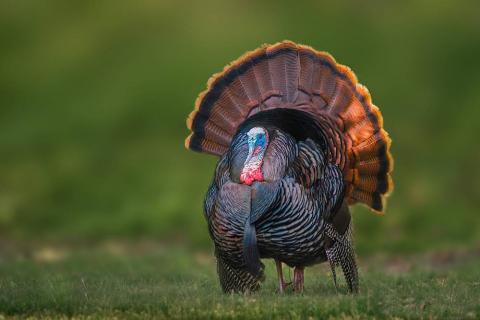Heath Wood
In my home state of Missouri, turkey hunting in the afternoon can often seem like that of a basketball player throwing up the game-winning shot as the time clock expires. The buzzer-beater effect has often occurred for many show-me state hunters. Imagine having a gobbler answering your calls; then you look down to see only a few minutes left until the daily 1:00 pm stop time. You are worried that this time restraint could end your hopes of harvesting a mature tom if only you could make the game-winning shot as the time expires.
A few years ago, while working at a local hardware store, a co-worker shared my passion and often spent the first two hours of the day chasing turkeys before arriving at work. As the season progressed and neither of us had harvested a turkey, we brainstormed the idea of trying to hunt on our hour-long lunch break from 12:00p.m -1:00 p.m. We knew it would be a difficult task, and we would have to rush to get it done, yet at noon, we both got in our trucks and headed to our nearby hunting properties.
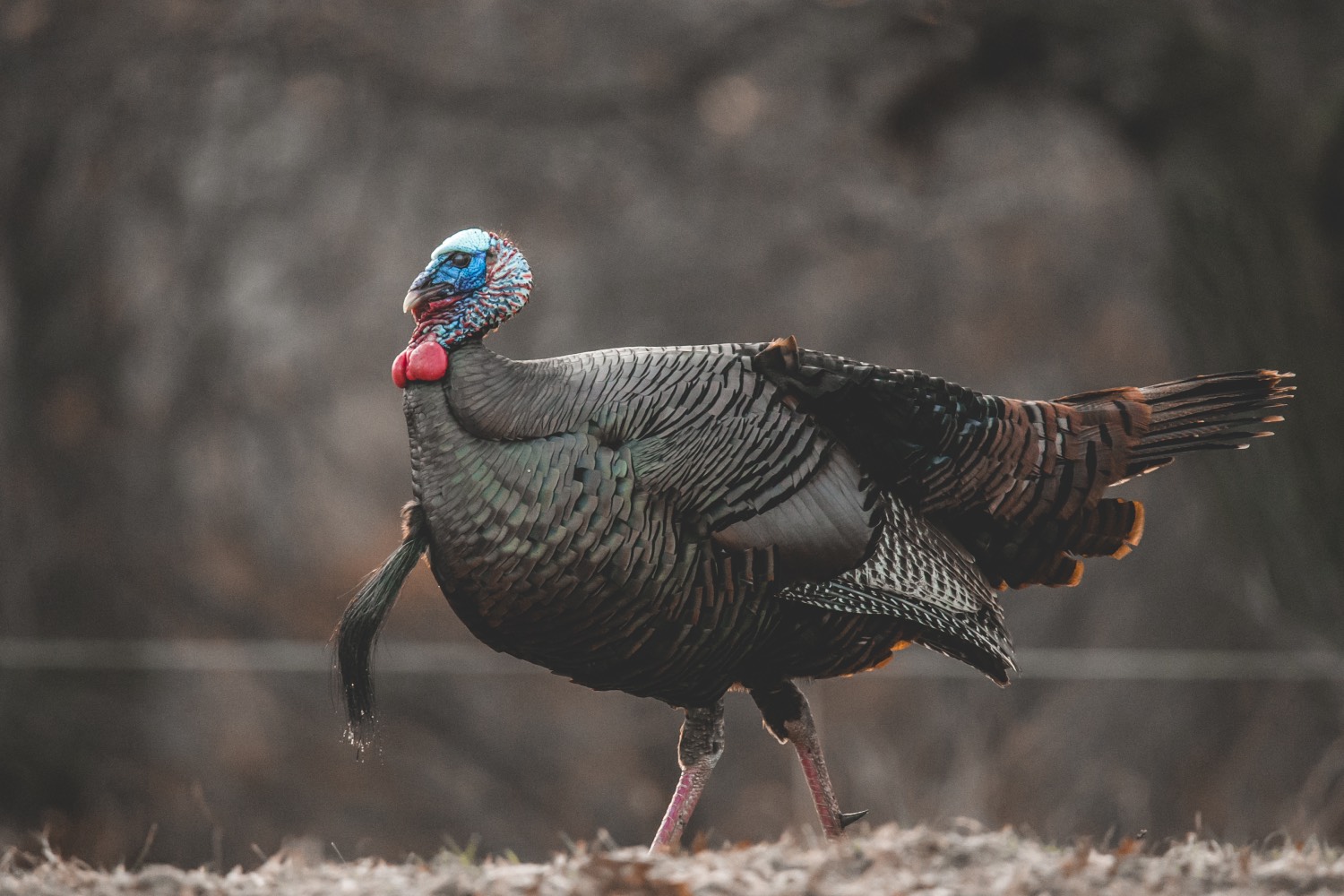
Don't Count Out Afternoon Turkey Hunting
I never could get a tom to shock gobble back at my locator call, so I returned to work empty-handed. My co-worker, however, pulled into the parking lot with a smile from ear to ear. He had lured a gobbler into shooting range in literally thirty minutes. He proved that anything is possible regarding turkey hunting if you're in the right place at the right time.
Afternoon turkey hunting is notably less popular than early mornings. Yet, afternoon tactics can be some of the most effective hunting times.
To know how to effectively hunt spring turkeys during the afternoon, it is essential to know what the turkeys are doing after the morning has elapsed. A spring morning is typically made up of toms waking up on the roost, then starting a series of gobbling to let the hens know where they are located. Similarly, hens begin their tree calls several minutes before flying down. After the fly-down, the next few hours of the morning are spent with the toms racing each other to find as many hens as possible to breed.
Later in the morning, the hens who have already been bred travel back to their nest to lay or sit on their eggs for several hours. Because the hens have gone to their destinations, many of the toms also split away from each other to feed or travel to their designated strut zones to try and catch the attention of any hens who are still roaming around. The good thing for afternoon hunters is that the chances of a tom becoming lonely and looking for love are much higher than earlier in the morning. If a lone gobbler can be found in the afternoon, his chances of responding to calls are much higher. All the hunter must do, is find them.
Finding the Strutting Zone
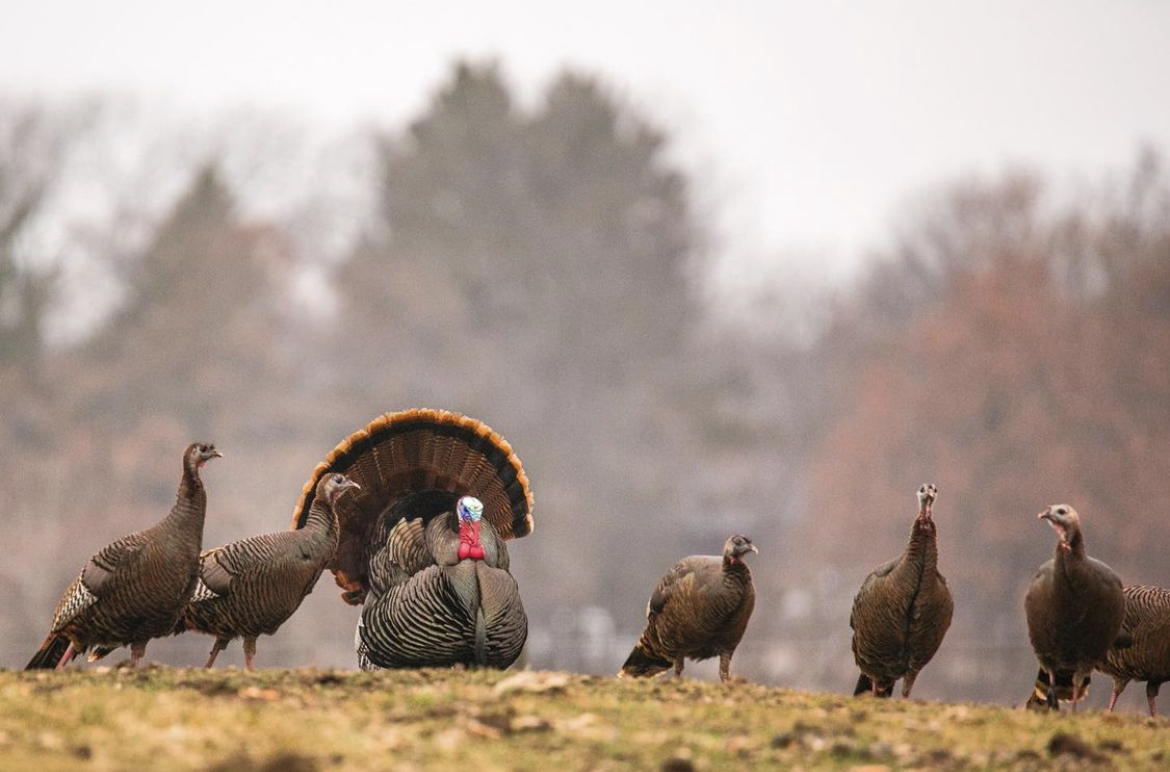
When trying to locate an afternoon gobbler, it is essential to have a quality pair of optics, such as the Vortex Optics Viper HD 8X42, which is a compact binocular, that doesn’t take up much room or have much weight when carrying them on your chest or in a turkey vest.
As the sun warms up the day and the morning rush of trying to breed hens has slowed down, many of the toms travel to open strut zones such as a crop field or food plot. For hunters trying to find a gobbler to call into close range, slowly approaching strut zones or open field areas with a quality pair of optics can be the ideal way to get into range and correctly set up before calling. When the hunter gets within a distance of open areas, they can slowly glass and find toms in the field strutting without them seeing or spooking from the area.
A well-used strut zone can be found well before the hunting season opens by patterning a turkey's daily movement. Once their patterns have been recorded, the hunter can intercept turkeys going to and from routine morning locations to afternoon destinations. Another beneficial tactic is to have a ground blind setup to get in before turkeys typically arrive in these areas.
Read More: Afternoon Turkey Hunting Tactics
Run & Gun With A Crow Call
When hunting in hardwoods country such as southern Missouri, where I have had the most hunting experience, hunters are faced with the obstacle of having very few fields or food plot areas for toms to designate as their strut zone.
When strut zones are harder to find, a gobbler spends his afternoons traveling through the timber in search of any lone hens who will give him company. To help find hardwood afternoon gobblers, it is vital to incorporate a run-and-gun style of hunting but use a locator call, such as a crow call to shock a tom into answering with a gobble. On many occasions, I have used old logging roads as a travel path when trying to locate an afternoon tom. Slowly walking the roads and periodically using two to three short bursts on a crow call is the best way to get a gobbler to answer.
I prefer using a locator call when afternoon running and gunning instead of the sounds of a hen turkey because I can get closer to turkeys without them responding to a call until I have had time to set up correctly. Once I am ready, I make a few soft yelps to let the tom know there is a hen in the area. A hen is typically low-key in the afternoons, so I don’t want to use excited hen sounds, such as cutting and excited hen yelps, because it is unnatural.

















